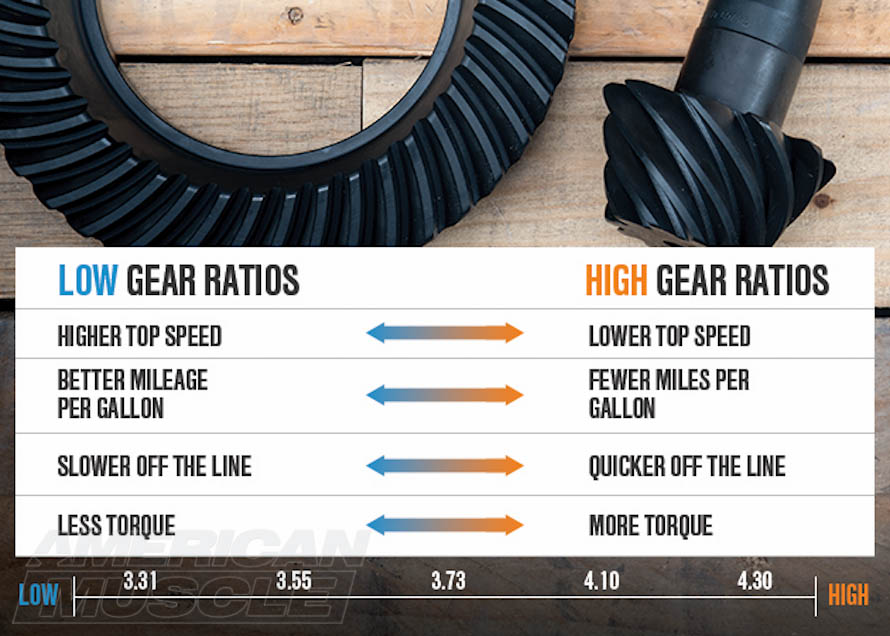Home > Company > Tire Safety > Choosing Tires > Determining Tire Size
Once you have determined it’s time to buy tires, you’ll need to know what size tires are correct for your vehicle. Depending on what you drive, you may be interested in how to find the right tire for your…
This information is usually inside your car’s doorjamb, in your owner’s manual. To ensure your current tire or a replacement tire you may be looking at matches your vehicle’s requirements, it will be good for you to understand how tire sizing works. You may have never paid attention to the string of numbers and letters on every tire, but it’s a gold mine of information.
If you’re unsure of how to read tire measurements from your tire walls, the information and graphics below will tell you how to read tire size, understand and interpret it. If you decide you want to substitute a new size or tire type, consult an authorized tire retailer who can expertly advise you, because many optional tire sizes may have different load capacities and could require wheels of a different rim width or diameter and different inflation pressure.
Not sure you need new tires? Our Tire Replacement Guidance article will help you determine whether it’s time to retire your tires.
Most passenger cars, SUVs and light pickups (1/2 ton and smaller) will come with tires that are either P-Metric or Euro-Metric. For P-Metric tires, you’ll see the letter “P” before the number sequence begins: P225/70R16 97H. P-metric is a designation standardized by the Tire and Rim Association for a “passenger car” tire type. For Euro-Metric there will be no preceding letter before the number sequence begins: 225/70R16 98H. Euro-Metric is a designation standardized by the European Tyre and Rim Technical Organization for a “passenger car” tire type.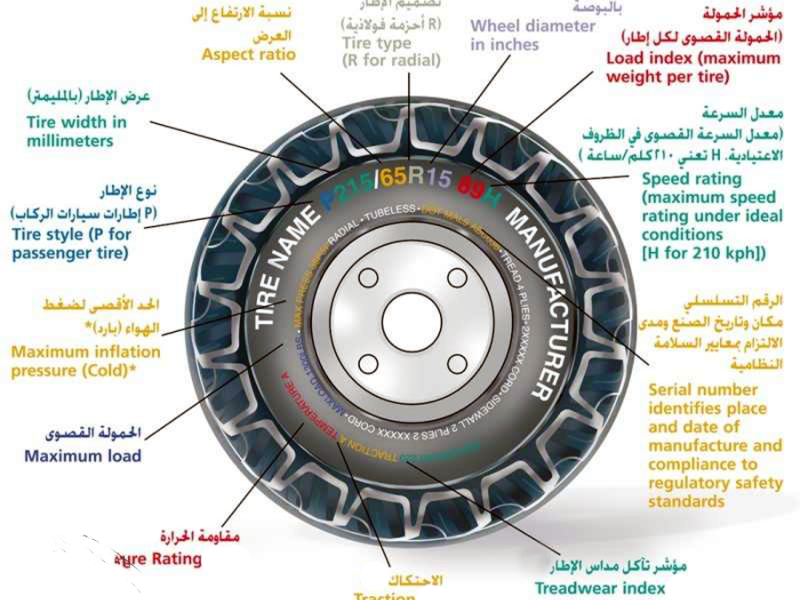 Both P-Metric and Euro-Metric size tires are designed to primarily be used on passenger vehicles, which can include cars, minivans, SUVs, and other light duty pickup trucks.
Both P-Metric and Euro-Metric size tires are designed to primarily be used on passenger vehicles, which can include cars, minivans, SUVs, and other light duty pickup trucks.
If your vehicle is an SUV, Pickup truck or van, you might see a different type of size designation on your placard that is specific for heavy duty light trucks and vans, especially common on ¾ ton and larger pickup trucks and vans. There are two common size types in this category, LT-Metric and Euro-Metric Commercial (aka C-type). Both size types are metric and so use the same structure as P-Metric and Euro-Metric but have some different characters in the size that differentiate them from their passenger car cousins. LT-Metric tires will have the letters “LT” before the size number sequence: LT245/75R17 119/116R Load Range E. Notice that there are two load index numbers and a Load Range, see the section on Load Index for more info. LT-Metric is a designation standardized by the Tire and Rim Association for a “light truck” type tire.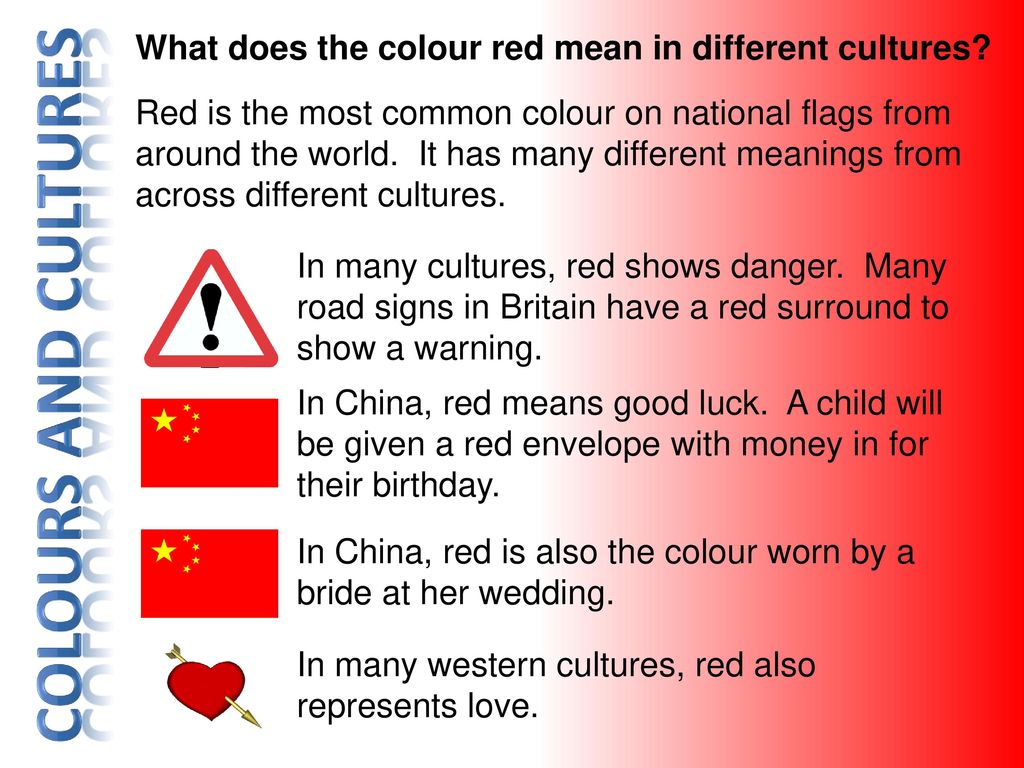 Euro-Metric Commercial or C-Type tires will look very similar to a passenger Euro-Metric size except that there will be a “C” right after the rim size: 23/65R16C 121/119R. Notice that the C-type tires also have two load index numbers. Euro-Metric Commercial, or C-Type is a designation standardized by the European Tyre and Rim Technical Organization for a light truck type tire. Light truck tires are designed to be used on vehicles capable of carrying heavy cargo and are usually only specified by a vehicle manufacturer on vehicles exceeding a certain load capacity.
Euro-Metric Commercial or C-Type tires will look very similar to a passenger Euro-Metric size except that there will be a “C” right after the rim size: 23/65R16C 121/119R. Notice that the C-type tires also have two load index numbers. Euro-Metric Commercial, or C-Type is a designation standardized by the European Tyre and Rim Technical Organization for a light truck type tire. Light truck tires are designed to be used on vehicles capable of carrying heavy cargo and are usually only specified by a vehicle manufacturer on vehicles exceeding a certain load capacity.
Other types of tires that fall into the Metric sizing type are Temporary Spares, they start with “T”. If you see a size that starts with “ST,” that means “special trailer” and is only for use on a trailer.
Regardless of whether you are looking at a P-Metric, Euro-Metric, LT-Metric, Euro-Metric Commercial, T or ST tire the numbers in the size mean the same thing.
The first number to appear in your tire size information is the width, in millimeters, of the correct tires for your vehicle: P225/70R16 91S.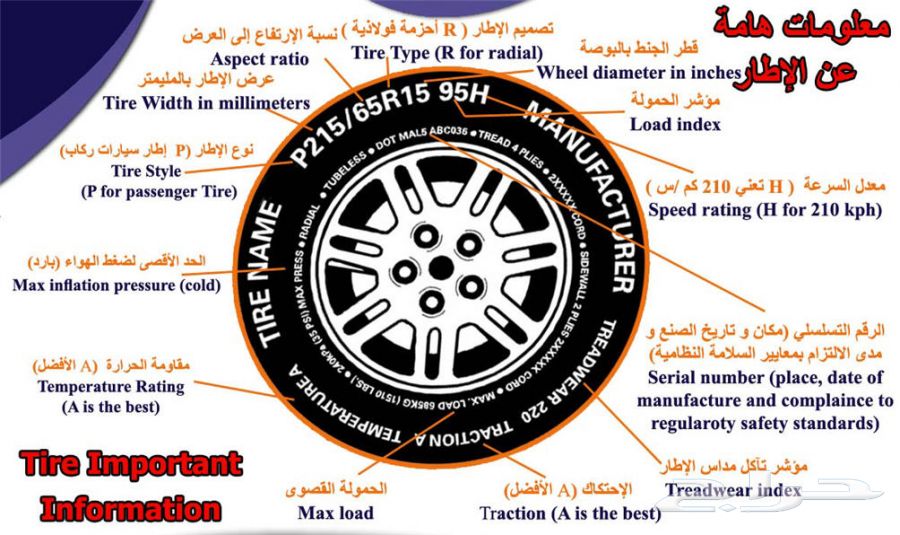
Tire width always refers to the measurement from one sidewall to another. Thus, a tire with the measurement “P225” is for a passenger vehicle and has a nominal width of 225 millimeters.
After the slash mark, the next number you see is for the tire’s aspect ratio, which essentially tells you how tall your tire’s profile is: P225/70R16 91S. Aspect ratios are delivered in percentages. Tire makers calculate the aspect ratio by dividing a tire’s height off the rim by its width. If a tire has an aspect ratio of 70, it means the tire’s height is 70% of its width.
Lower aspect ratio tires, such as a 60 series, generally offer vehicle handling performance advantages over higher aspect ratio tires, such as a 75 series, but a typical trade off can be ride harshness.
After the aspect ratio comes a letter that indicates the type of internal construction maintaining your tire’s stability: P225/70R16 91S.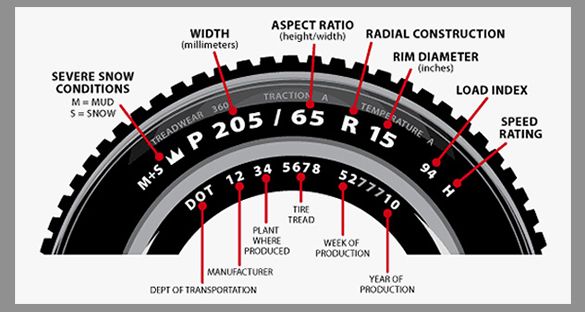
There are two types of construction that you may see on the sidewall of a tire:
Radial tires are the most common tires on the road in the United States today; thus “R” will usually be shown in the tire size designation. Radial construction means the tire’s internal ply cords are oriented in a radial direction, from one bead over to the other, essentially perpendicular to the direction of rotation. You may also occasionally see RF indicating a run flat tire or ZR indicating a tire that is a speed rating higher than V.
The next number is the diameter code, in inches, of the rim onto which the tire can be mounted. For example, a tire with the P225/70R16 91S would fit a rim with a 16-inch diameter.
Load index can be a confusing subject because there are so many different caveats, but we will try to explain everything here.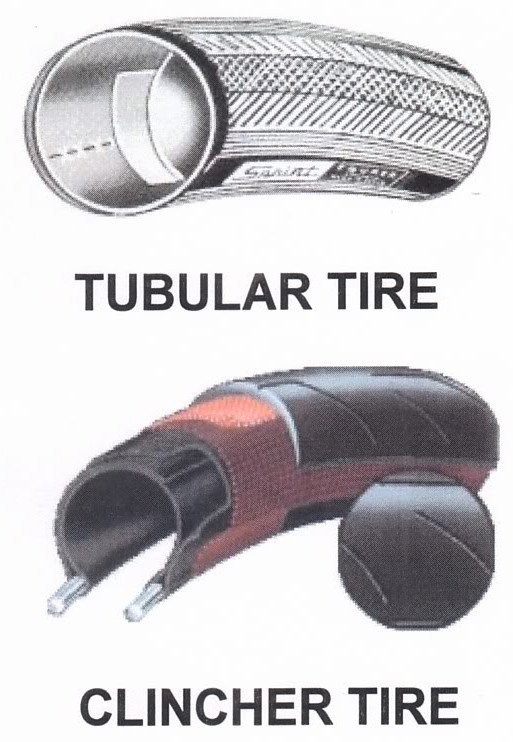
The next figure after the rim size in the sequence is your tire’s load index, which tells us how much weight, in pounds, the tire can support when fully inflated: P225/70R16 91S
We call it the load “index” because the number doesn’t tell us the precise number of pounds the tire can carry, at least not by itself. However, the number does correspond to a specific load capacity listed in an index. Beginning with 1 and ending with 150, numbers in the load index represent carrying capacities of 99 to 7385 lbs.
There are two types of load types for passenger tires though, Standard Load and Extra Load. If a tire is Standard Load there will be no markings indicating it but if it is Extra Load the letters XL will appear after the size and load index.
Standard Load Euro-Metric: 215/55R17 94V
Extra Load Euro-Metric: 215/55R17 98V XL
Passenger car tires like P-Metric and Euro-Metric will only have one load index number where LT-Metric and Euro-Metric Commercial (C-Type) will have two numbers separated by a slash.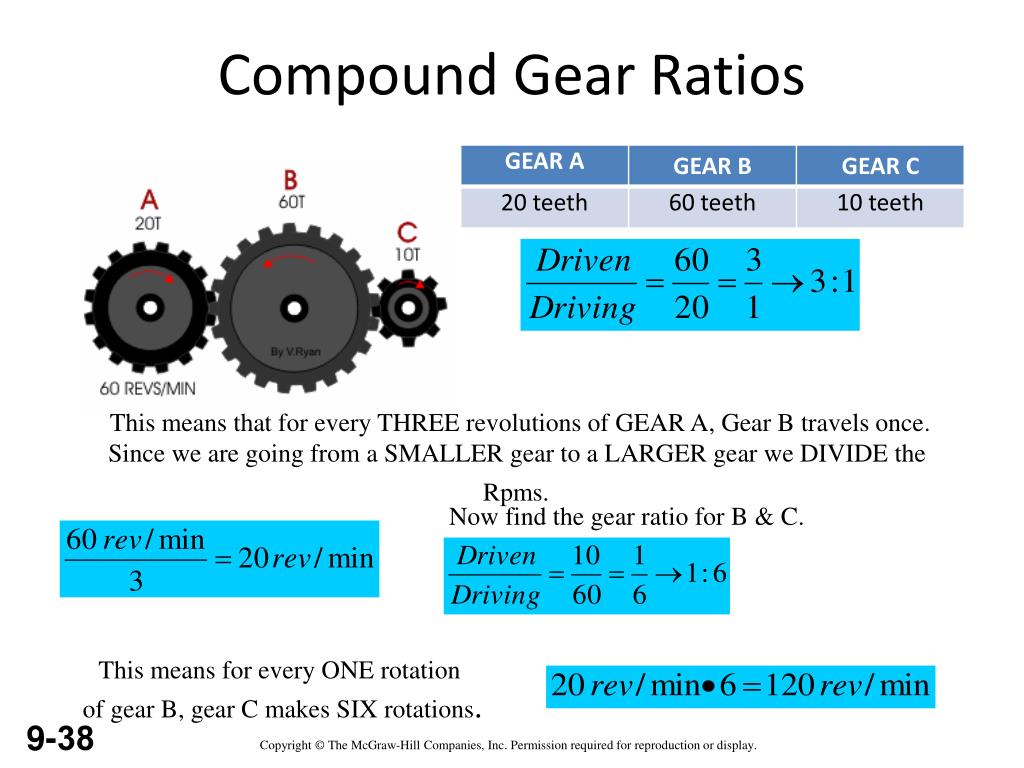 The first number is the load index if the tire is used in a single application, the second number is the load index if the tire is used in a dual application. Passenger type tires cannot be used in a dual application. Light truck tires will also have a Load Range that is indicated by a letter, such as Load Range E. Load Range is an older term that is still commonly used in the industry so you may hear your tire dealer reference it but the load index numbers are the best way to ensure you have the proper tire.
The first number is the load index if the tire is used in a single application, the second number is the load index if the tire is used in a dual application. Passenger type tires cannot be used in a dual application. Light truck tires will also have a Load Range that is indicated by a letter, such as Load Range E. Load Range is an older term that is still commonly used in the industry so you may hear your tire dealer reference it but the load index numbers are the best way to ensure you have the proper tire.
One important but often misunderstood facet about load index is that the load index numbers between standards organizations (P-Metric vs Euro-Metric) are not necessarily on the same scale. Meaning that two tires in the two different systems that have the same load index number could have different maximum load capacities. This is why it’s important to not only look at the load index number but also verify the actual load capacity.
The final figure in a tire size sequence is the speed rating, which is indicated by a letter: P225/70R16 91S.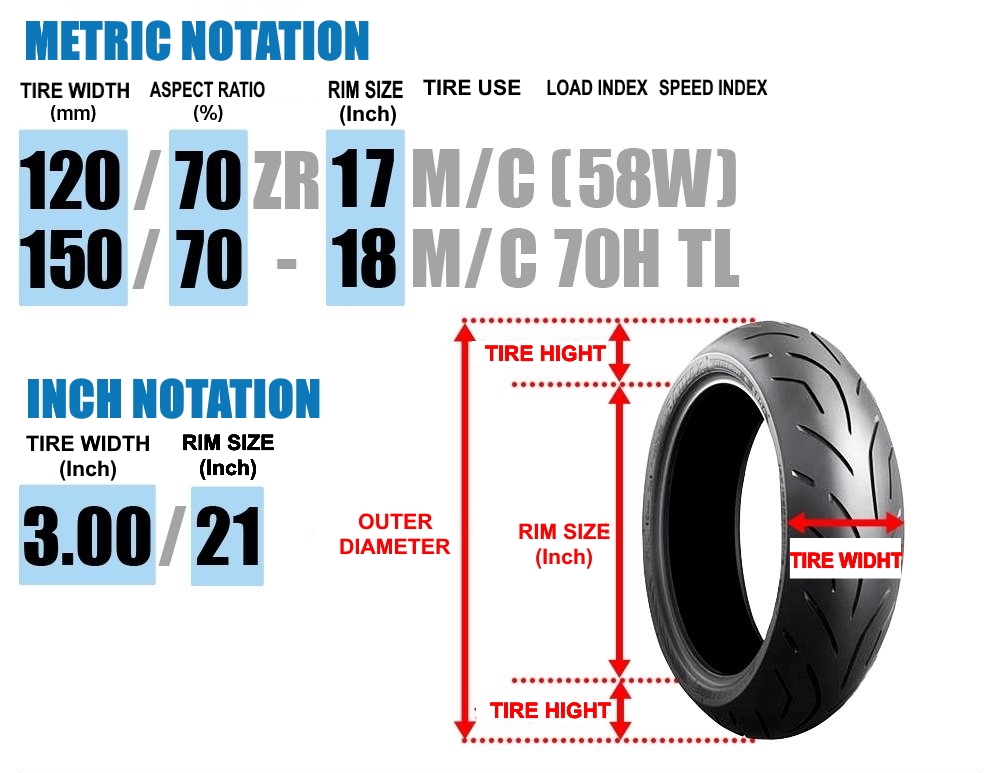 Just as your load index number corresponds to a specific load, your speed rating letter corresponds to a particular speed capability based on a standardized laboratory test.
Just as your load index number corresponds to a specific load, your speed rating letter corresponds to a particular speed capability based on a standardized laboratory test.
For example, a tire with speed rating “S” is rated for up to 112 mph, while a tire rated “R” is up to 106 mph. Remember that this isn’t a recommended cruising speed. Of course, you should always follow legal speed limits on roadways.
Replacement tires must have the same or higher speed rating as the vehicle’s Original Equipment to maintain vehicle speed capability. If a vehicle has tires with different speed ratings, it is the speed rating of the “slowest” tire that dictates the vehicle top speed.
There is one last sizing type that you should know about, especially if you are in the market for off road tires for a light truck or SUV. It’s called a Flotation size and the numbers in this sizing format are very different from the Metric formats. Flotation sized tires are similar to LT-Metric tires in application except for a few important points. Number one, they cannot be used in dual applications and number two, an equivalent size tire may have different load capacity than its LT-Metric counterpart.
Flotation sized tires are similar to LT-Metric tires in application except for a few important points. Number one, they cannot be used in dual applications and number two, an equivalent size tire may have different load capacity than its LT-Metric counterpart.
The first number in the Flotation tire size is the overall diameter in inches. Pretty straight forward.
The second number is the section width (sidewall to sidewall) measurement in inches. Again, fairly simple.
After the section width comes a letter that indicates the type of internal construction: 33X12.50R17LT 120Q.
This is the same as is found in the metric sizing systems.
There are two types of construction that you may see on the sidewall of a tire:
Radial tires are the most common tires on the road in the United States today; thus “R” will usually be shown in the tire size designation.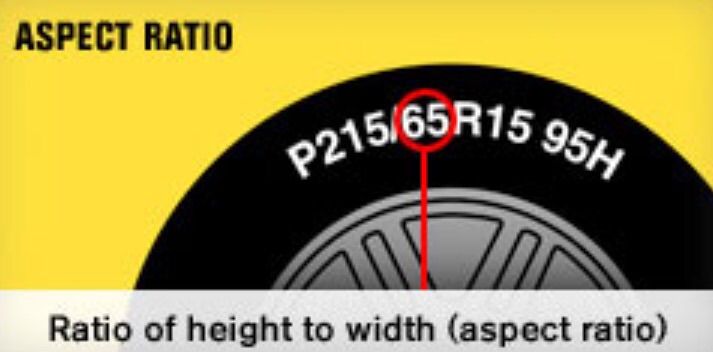 Radial construction means the tire’s internal ply cords are oriented in a radial direction, from one bead over to the other, essentially perpendicular to the direction of rotation.
Radial construction means the tire’s internal ply cords are oriented in a radial direction, from one bead over to the other, essentially perpendicular to the direction of rotation.
The next number is the diameter code, in inches, of the rim onto which the tire can be mounted. For example, a tire with the 33X12.50R17LT 120Q would fit a rim with a 17-inch diameter.
The letters LT will be after the Rim Diameter indicating that this tire type is intended for Light Truck vehicles similar to the LT-Metric and Euro-Metric Commercial (C-Type) tires.
Load Index and Speed Rating have the same meaning and format as the tires using the metric sizing system. Note that since flotation tires cannot be used in a dual application there will be only one load index number instead of two.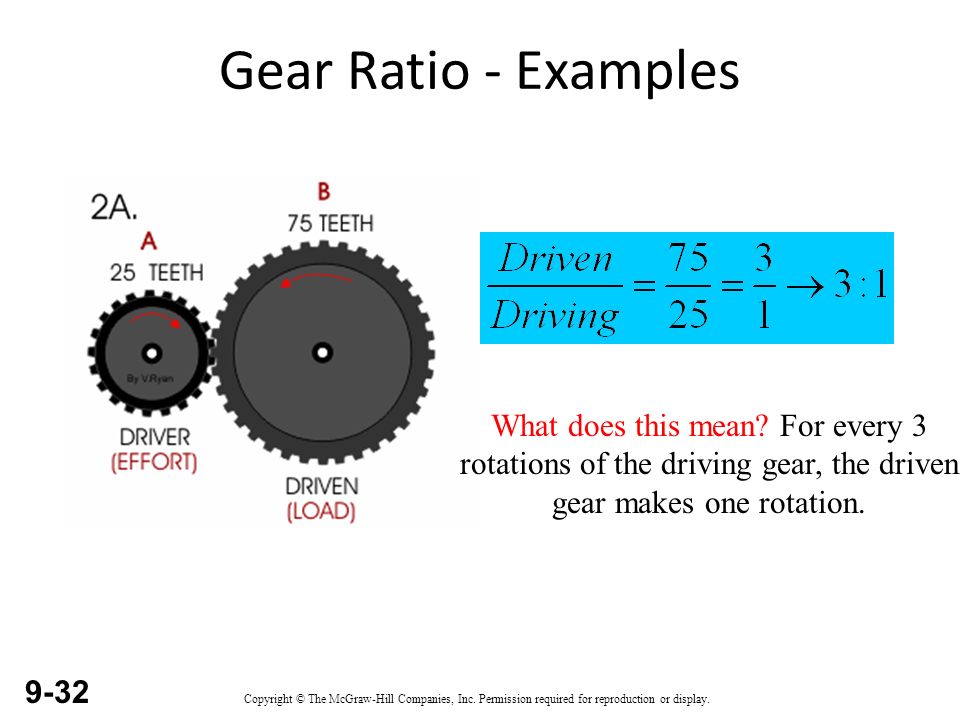
Another group of stamping on certain types of tires is the Uniform Tire Quality Grading or UTQG. This grading and stamping is required for passenger car tires (i.e. P-metric and Euro-metric) in the all season and summer categories. Dedicated winter tires, Light Truck (LT-Metric, Euro-Metric Commercial, Flotation) and Motorcycle tires are excluded from this requirement.
Quality grading is designed to make the tire purchase decision easier for you. Ideally, the system is intended to provide simple, comparative data so you can make an intelligent buying decision. However, the ratings are based upon test results achieved under special conditions. This means it’s possible to misinterpret the comparative data as it relates to your individual driving habits, conditions, etc. You should still rely on your service or tire professional for assistance.
Quality grading designates the comparative performance levels of a tire based on government-specified tests but commissioned by the individual tire manufacturers. All tire manufacturers are required to grade regular and all-season passenger tires in three categories:
All tire manufacturers are required to grade regular and all-season passenger tires in three categories:
UTQG
Treadwear
The treadwear grade is a comparative rating based on the wear rate of the tire when tested under controlled conditions on a specified government test course for 6,000 miles (9,600 km). For example, a tire graded 150 would wear one and a half times as well on the government course as a tire graded 100. However actual tire performance depends on driving habits, road characteristics, service practices, and other factors that can influence the outcome.
Traction Grades AA, A, B and C
The traction grades from highest to lowest are AA (the highest), A, B and C. They represent how well tires stop on wet pavement as measured under controlled conditions on specified government test surfaces of asphalt and concrete. C-rated tires will have the lowest traction performance.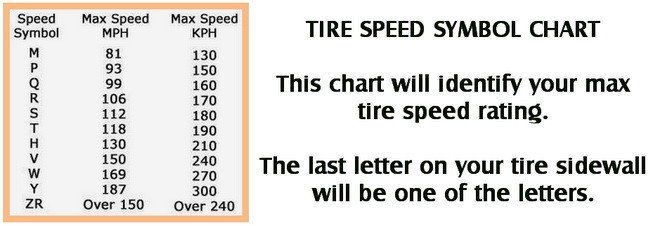
WARNING: THE TRACTION GRADE ASSIGNED IS BASED ON A WET BRAKING (STRAIGHT AHEAD) TRACTION TEST AND DOES NOT INCLUDE CORNERING (TURNING) TRACTION.
Temperature Grades A, B and C
The temperature grades A, B, and C represent the tire's resistance to the generation of heat and its ability to dissipate heat when tested under controlled conditions on a specified indoor laboratory test wheel. Sustained high temperature can cause the tire’s material to degenerate and reduce tire life, and excessive temperature can lead to sudden tire failure. The grade C corresponds to a performance level all passenger car tires must meet under the Federal Motor Vehicle Safety Standard No. 109. Grades A and B represent higher levels of performance on the laboratory test wheel than the minimum required by law.
WARNING: THE TEMPERATURE GRADE IS ESTABLISHED FOR A TIRE THAT IS PROPERLY INFLATED AND NOT OVERLOADED. EXCESSIVE SPEED, UNDER INFLATION, OR EXCESSIVE LOADING, EITHER SEPARATELY OR IN COMBINATION, CAN CAUSE HEAT BUILDUP AND POSSIBLE TIRE FAILURE.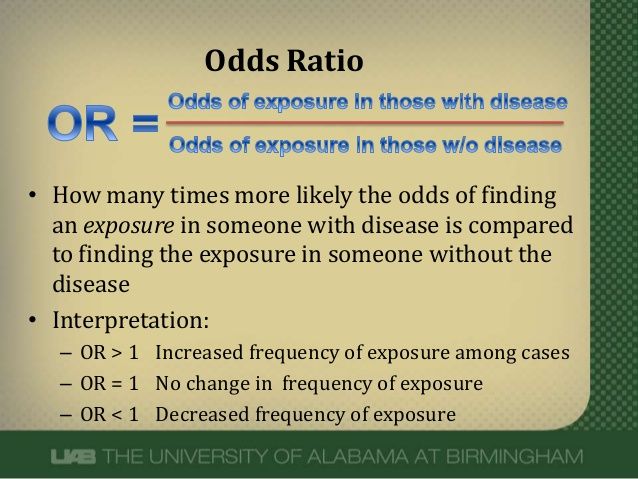
DOT Quality Grades
All passenger car tires must conform to other federal requirements in addition to these grades.
Learn about our mission, our achievements, and our ongoing commitments
Read Our Origin Story
Tire size can be confusing. Some numbers on the sidewall are listed in millimeters while others are inches. Plus, the right size for your car, truck, or trailer can differ depending on where and how you drive.
You can see your original equipment tire size in your owner’s manual or on the placard generally located on the driver’s side door jam. This is the sizing recommended by the vehicle manufacturer.
If you’re interested in switching out your tires for a different look or performance, a good place to start is the numbers and other indicators on your existing tires’ sidewall. Next, have a tire professional help you determine a tire size range that will fit your vehicle and driving needs.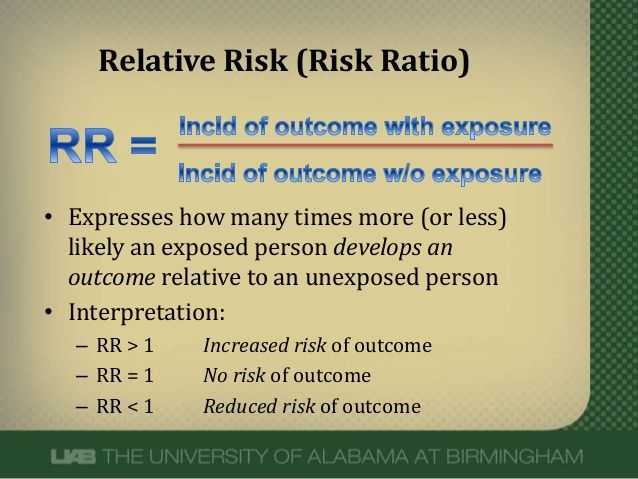
Here’s what those numbers and indicators on the sidewall indicate and how to understand them:
A: TIRE TYPE The first letter in the code tells you what class of tire it is.
P stands for passenger vehicle tire. P-class tires include cars, SUVs, crossovers, minivans and smaller pickup trucks.
LT means light truck tire, designed for vehicles that are capable of carrying heavy loads, towing trailers, or for those looking for an extra heavy duty option. These are often equipped on three-quarter or 1 ton trucks and SUVs.
ST stands for Special Trailer. These tire sizes are meant for trailers, including fifth wheels and other travel trailers, as well as boat and utility trailers.
If there’s no letter before the first number, you have a metric tire most commonly referred to as European size. It’s also measured in millimeters but may have a different load capacity than a P or LT tire.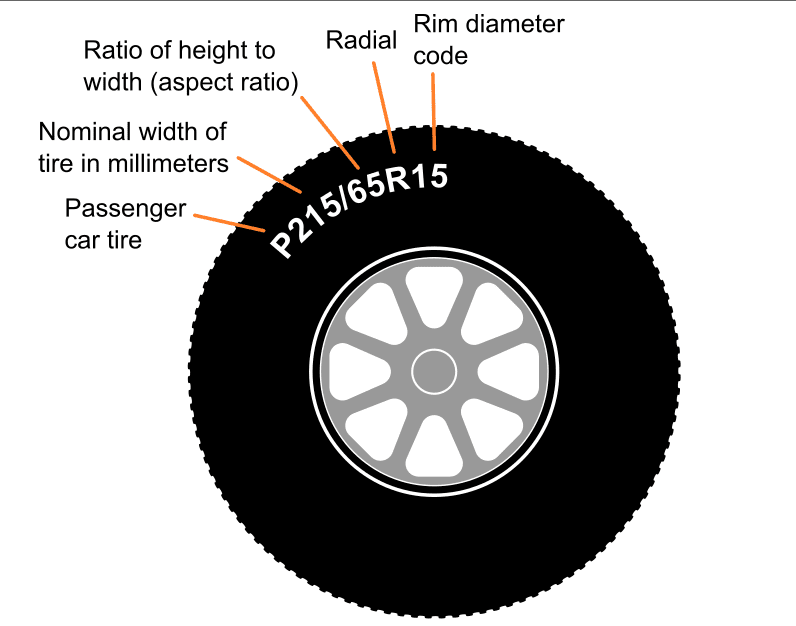
B: TIRE WIDTH The three-digit number following the letter is the tire’s width (from side to side, looking at the tire head on) in millimeters. This may also be referred to as the section width.
C: ASPECT RATIO The forward slash separates the tire width number from the two-digit aspect ratio. The bigger the aspect ratio, the higher/taller the tire’s sidewall, or “profile” as it’s sometimes called.
The aspect ratio is indicated on the tire sidewall as a percentage. It’s the height of the sidewall measured from wheel rim to top of the tread, expressed as a percentage of tire width.
In this example, the aspect ratio is 65, meaning the sidewall is 65 percent as high as the tire is wide. To get the sidewall height, take the tire width of 215 mm and convert it to inches (8.46). Then multiply this by 65% (.65). This gives you an answer of 5.5, the sidewall height in inches.
D: CONSTRUCTION TYPE This single letter tells you about the internal construction of the tire.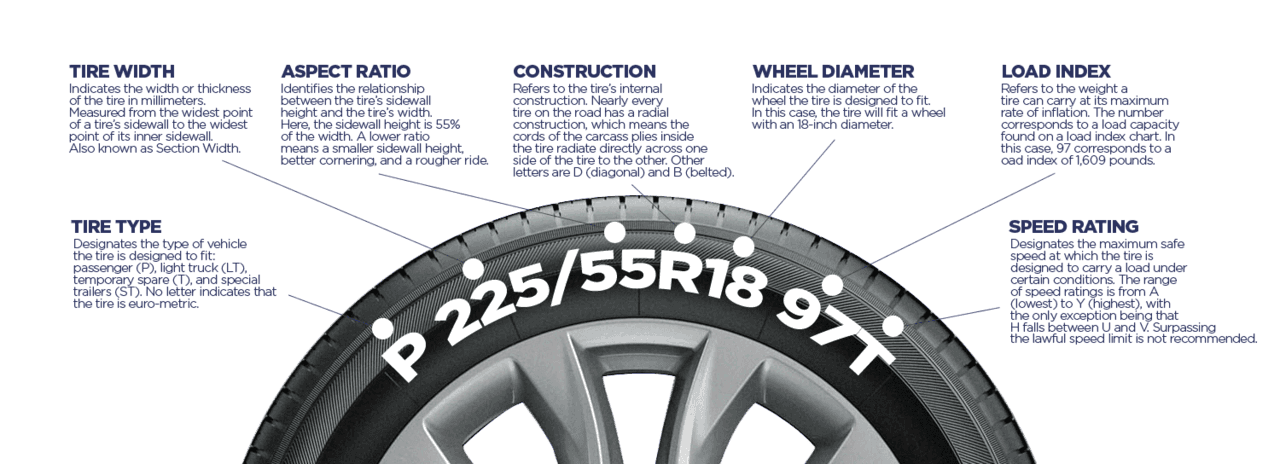
R is for radial tires, the industry standard for most tires today. They have better road grip, lower rolling resistance for better gas mileage, ride comfort and durability than previous generations of tires. In a radial tire, the plies — layers of strong cords made of a blend of polyester, steel and fabric and coated with rubber — are laid perpendicular to the direction of travel.
D is for tires built with diagonal (crisscrossed) plies, called bias-constructed tires. They are also called conventional, x-ply, or cross-ply tires. Some motorcycle and trailer tires still use this internal construction.
Some run-flat tires are identified with an F followed by the type of internal construction.
E: WHEEL DIAMETER This two-digit number specifies wheel diameter in inches. It’s the distance between the two bead seat areas (where a tire gets tightly sealed onto the wheel).
F: LOAD INDEX The two-digit or three-digit number that follows the gap specifies tire load index. The load index symbol indicates how much weight a tire can support, based on the following standard chart. In our example, the load index is 89, which indicates the tire has a load capacity of 1,279 pounds, when inflated to the tire’s maximum air pressure rating.
G: SPEED RATING The last letter is the tire speed rating. This indicates the top speed it’s safe to travel at for a sustained amount of time. A tire with a higher speed rating can handle heat better and provide more control at faster speeds. The maximum operating speed of a vehicle is no more than the lowest speed rating of all tires mounted on the vehicle. (Of course, you should always abide by speed limits for safer driving.) Speed rating is usually, but not always, a single letter (see the chart).
Below you will find several charts that will help you understand tire sizing numbers, including a load index chart and speed rating chart.
A tire size calculator is a quick way to see whether the tire size you’re considering will likely fit your car, SUV, sports car, light truck or crossover.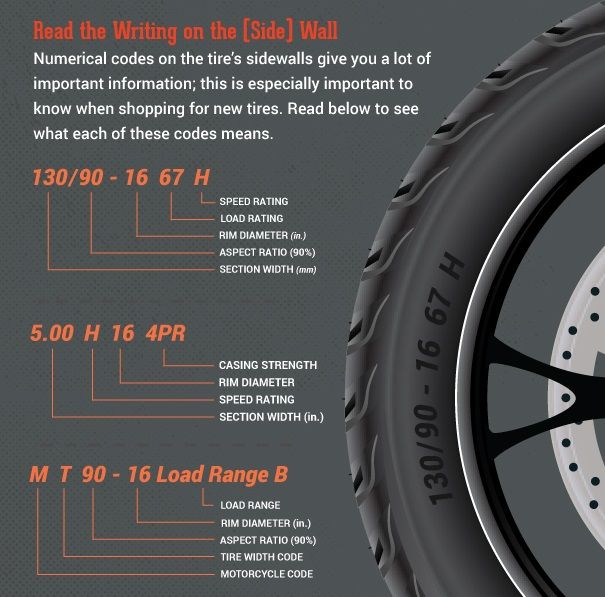
But remember that is only an estimate. It’s important to stay within the sizing tolerances of your vehicle. Tires that are the wrong size could cause some pull in the steering wheel, rub against the suspension or body of your vehicle, reduce clearance on hills, or result in a stiffer or noisier ride.
If you’re considering mounting a different tire size on your vehicle, check with a tire expert. Find out whether the tires and wheels you have your eye on are the right fit for your vehicle’s suspension, gearing, and bodywork. And ask how any differences in revolutions per mile, tire speed, load index, and speed rating will affect your ride quality and vehicle performance.
See how new tires and rims will look on your car or truck using our Virtual Wheels simulator, available at any Les Schwab.
Find Your Store
Mark
Model
Leave your contact details:
By phone
By mail
Specify a convenient time to call:
Day/Date
Clock
Minutes
By submitting an application, I give my consent to the collection and processing of personal personal data provided by me in accordance with the Law of Ukraine "On the Protection of Personal Data"
Leave your contact details:
Specify a convenient time to call:
Day/Date
Clock
Minutes
Right now
By submitting an application, I give my consent to the collection and processing of personal personal data provided by me in accordance with the Law of Ukraine "On the Protection of Personal Data"
Leave your contact details:
Select machine:
Make
Model
By submitting an application, I give my consent to the collection and processing of personal personal data provided by me in accordance with the Law of Ukraine "On the Protection of Personal Data"
Sample Text
Leave your contact details:
Select machine:
Brand
Model
Specify a convenient time for a test drive:
Day/Date
Clock
Minutes
By submitting an application, I give my consent to the collection and processing of personal personal data provided by me in accordance with the Law of Ukraine "On the Protection of Personal Data"
X
Return the current version of the site.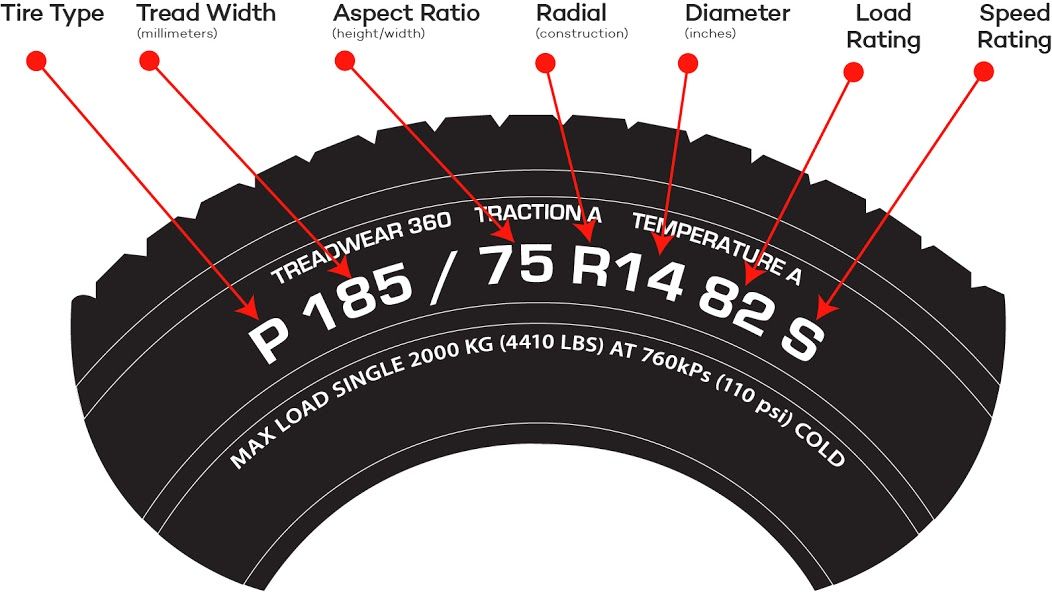 Behind the locks, autocentre.ua looks like a Ukrainian language.
Behind the locks, autocentre.ua looks like a Ukrainian language.
Glory to Ukraine! Glory to the heroes!
You will be redirected to the Ukrainian version of the site in 10 seconds
In a car, a gearbox is a unit that allows you to change the torque developed by an internal combustion engine before transmitting such torque to the vehicle's drive wheels. As you know, most gearboxes are stepped, and the gearbox is based on a gear train.
Simply put, the gears are actually pairs of gears that have a different gear ratio (gear ratio). In this article, we will look at what the gear ratio of a gearbox is, what this characteristic indicates and affects.
Contents of the article
The gear ratio is the main characteristic of the gear train.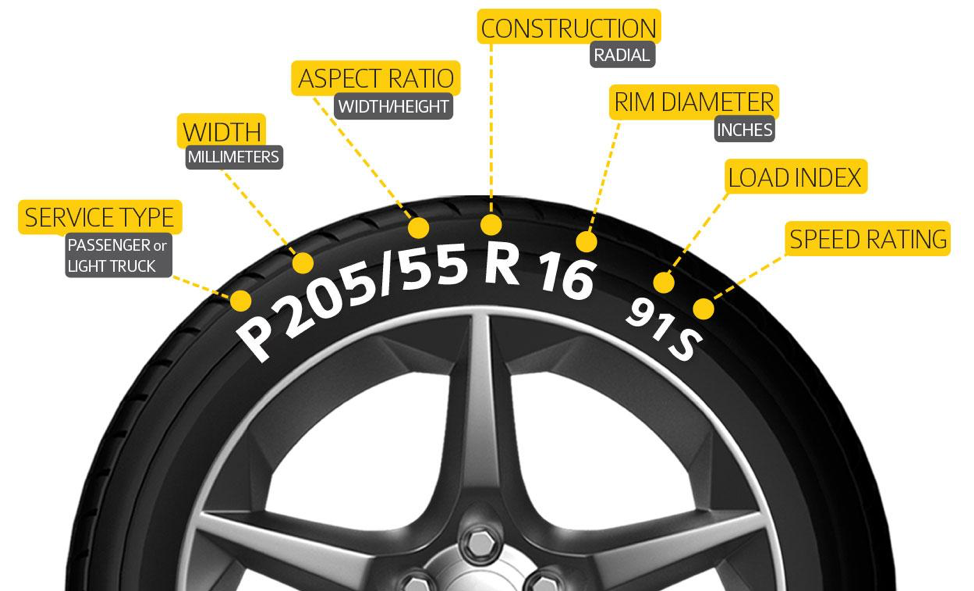 Such a transmission transmits torque from the engine (in the case of a car to the drive wheels). Also, gearing allows you to both reduce and increase the torque coming from the engine. The change is made possible by increasing or decreasing the number of teeth on the gears.
Such a transmission transmits torque from the engine (in the case of a car to the drive wheels). Also, gearing allows you to both reduce and increase the torque coming from the engine. The change is made possible by increasing or decreasing the number of teeth on the gears.
So, the gear ratio (automatic transmission, manual transmission) is the ratio of the number of teeth of the driven gear to the number of teeth of the drive gear in the gearbox, gearbox, etc. If it's simple, for example, the drive gear has 30 teeth, and the driven gear has 60. In this case, the gear ratio of such a gear pair will be 2, that is, 60:30.
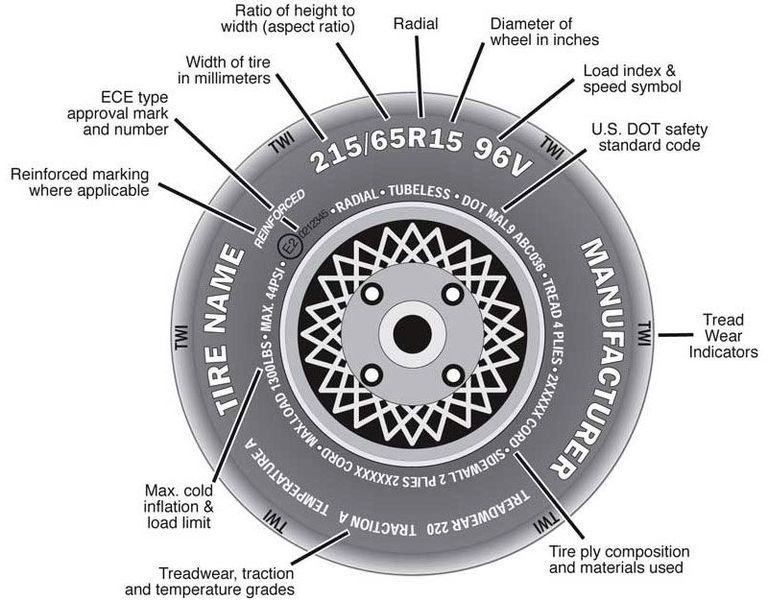 To increase the speed, it becomes necessary to switch to a step higher.
To increase the speed, it becomes necessary to switch to a step higher. As a rule, in a car, the torque from the engine to the gearbox increases in lower gears (1,2,3). Also, on SUVs, the moment can be additionally changed using a transfer case (transfer case), which is responsible for downshifting.
Higher gears (4, 5, 6) reduce the gear ratio, which increases the top speed of the vehicle. At the same time, acceleration in such gears is less intense than in lower ones.
We also add that the gear ratio of the main gearbox pair also affects the acceleration dynamics. The higher the indicated number, the better the dynamics of the car, and in all gears. In this case, the maximum speed is lower. For example, take the VAZ models. If you put on the car the main pair, which has the number 4.1 or 4.3 instead of 3.9, the car will be more dynamic, but the maximum speed will also be reduced.
In view of the foregoing, it becomes clear that on different cars the gear ratios of the transmission are selected taking into account the engine power, the torque that the unit produces, the intended purpose of the vehicle itself, etc. In other words, the improvement in the dynamic characteristics of the car depends on how well the selection of gear ratios in the gearbox is implemented.
In other words, the improvement in the dynamic characteristics of the car depends on how well the selection of gear ratios in the gearbox is implemented.
By the way, often in 5-speed gearboxes the fifth “high” gear is not the gear for achieving maximum speed, as many mistakenly believe. As a standard, such a transmission allows you to get maximum fuel economy, as well as significantly reduce noise and load on the power unit when driving at high speed or speed close to the maximum for this vehicle.
As you know, the best dynamic performance is achieved in the rev range of maximum torque, not power. In fact, at the lower and upper speeds of the crankshaft, the engine torque is less than the maximum.
It turns out that the more the revolutions differ from the maximum torque revolutions, the slower the car accelerates. In standard gearboxes, the gear ratio of each stage is selected so that the driver is comfortable accelerating the car in low gears, after which it is possible to maintain the set speed at higher gears while saving fuel.
If we discard the economy, then through a series of modifications to the box, you can improve the dynamics. First of all, the frequency range that the motor develops when driving in one gear narrows. In fact, the gears are made shorter, and the gear ratios of the gears that are located next to each other (closer row of gearboxes) are also approaching.
In practice, in this case, the motor quickly reaches maximum speed in a lower gear, but after shifting to a step higher, the speed does not drop, for example, 3500 rpm. at 1800, but remain at around 2500. In fact, after switching “up”, the revolutions still remain in the maximum torque range.
We also recommend reading the article on how a manual transmission works. From this article, you will learn about the features and principles of operation of a manual transmission, the design of a mechanical box, the advantages of units of this type, etc.
To solve this problem, you can use wheels with a smaller radius, and you also need to install another main gearbox pair with a modified gear ratio (for example, 3.9 or 4.1 instead of 3.7). Let's start by using "stock" parts.
As a rule, if a car model is produced with different engines (for example, 1.2, 1.4 and 1.6 liter engines), then the main pair for a gearbox paired with a 1.6 liter engine is used from the version whose engine is less powerful (in this case, the 1.2 engine or 1.4).
As a result, after installing the main pair 3.9 or 4.1, the gear ratio in 5th gear will be almost the same as in 4th with the main pair 3.7. Also, the use of tires with a smaller radius will further reduce the overall gear ratio of the transmission.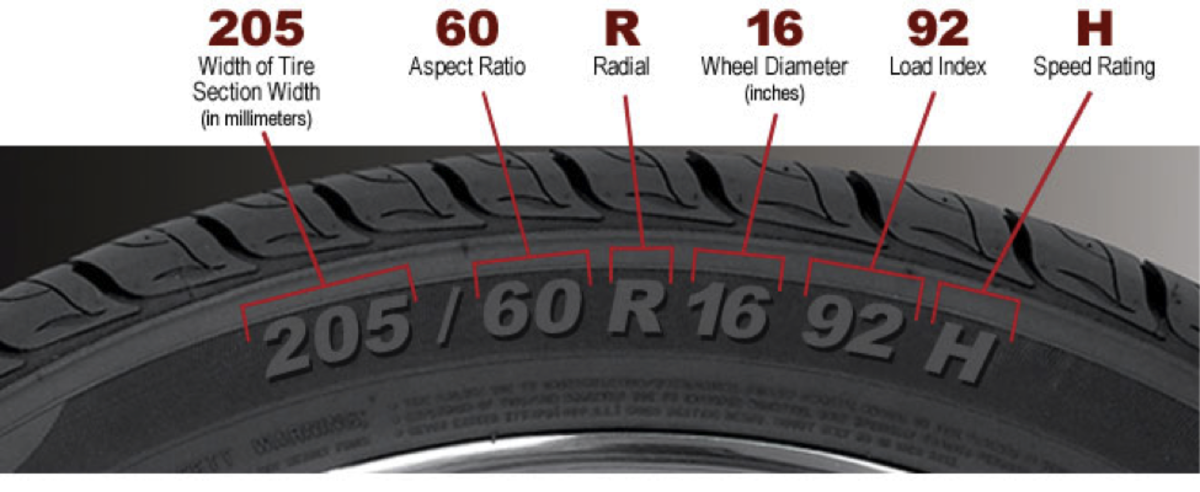 As a result, the dynamics of the car will become better, but the economy of 5th gear will be lost.
As a result, the dynamics of the car will become better, but the economy of 5th gear will be lost.
At high speeds, the engine will spin up to maximum speed in 5th gear, which can cause discomfort to the driver and passengers. For this reason, a number of gearbox ratios must be selected taking into account specific tasks and goals, taking into account engine power, vehicle weight, and driver preferences.
If you make more serious improvements, then you can assemble a gearbox with a modified set of gears. Naturally, this is expensive, but it is possible to bring the rows closer in all gears, and not just 4 and 5.
By the way, by selecting transmission gear ratios, you can either improve acceleration dynamics or increase efficiency. At the same time, in practice, in the second case, changes to the gearbox device are made quite rarely, since the standard gear ratio is often chosen quite successfully.
We also add that the standard 5-speed gearbox is sometimes converted into a 6-speed one (especially when paired with a tuned uprated engine).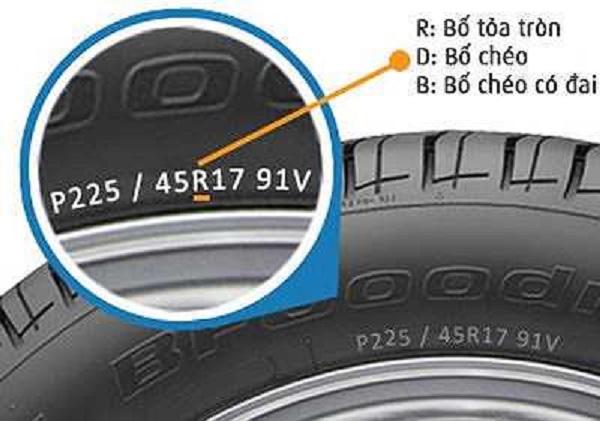 In fact, a sixth gear kit is integrated into the gearbox. It is important to understand that in addition to the high cost of such a refinement, the overall reliability of such a box is reduced.
In fact, a sixth gear kit is integrated into the gearbox. It is important to understand that in addition to the high cost of such a refinement, the overall reliability of such a box is reduced.
As you can see, the gear ratio of the gearbox has a serious impact on the dynamic performance and performance of the car. As part of the design of the gearbox, engineers separately take into account the power of the motor, the intended purpose of the car, etc., the field of which gear ratios are selected for the entire range of gears.
We also recommend reading the article about what kind of gears exist. In this article, you will learn what a gear train is, as well as what types of gears are.
The main task is to provide both acceptable acceleration dynamics and achieve the required fuel efficiency indicators. As a result, such a transmission is fully suitable for normal vehicle operation.